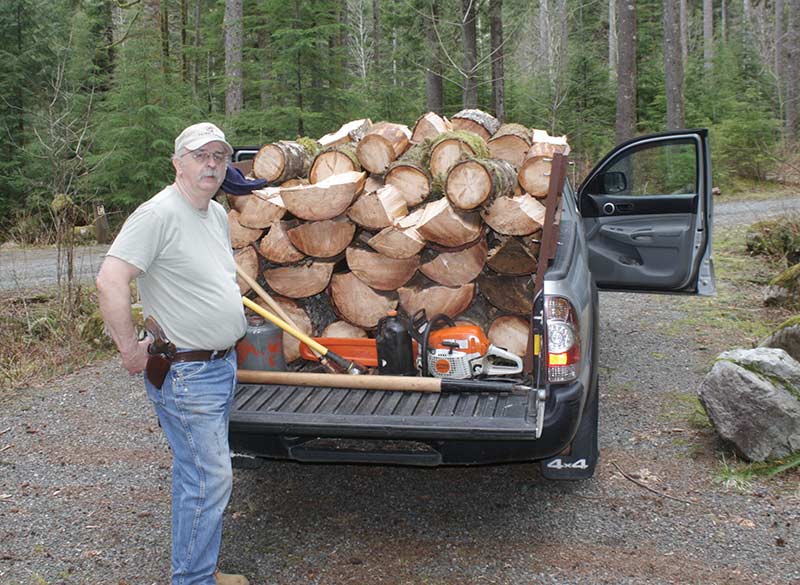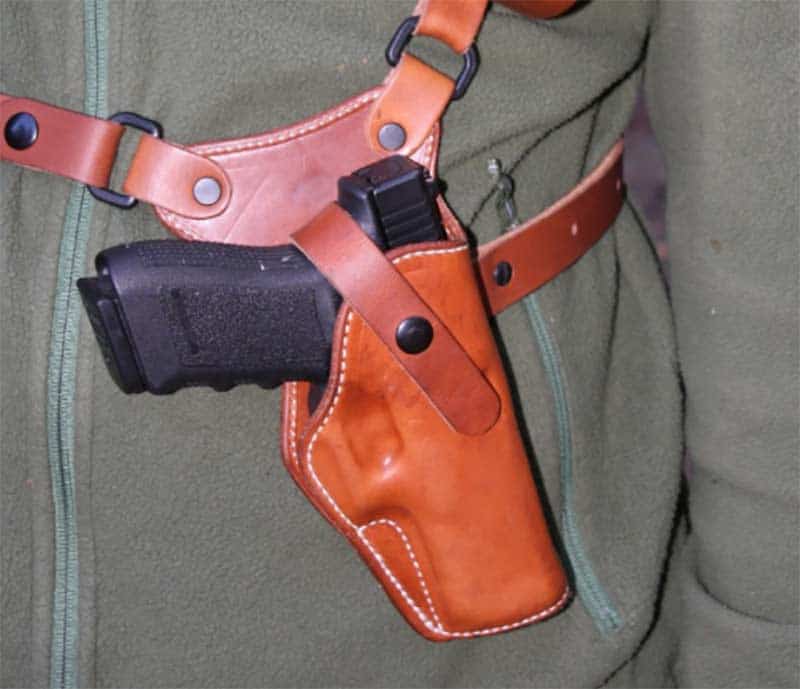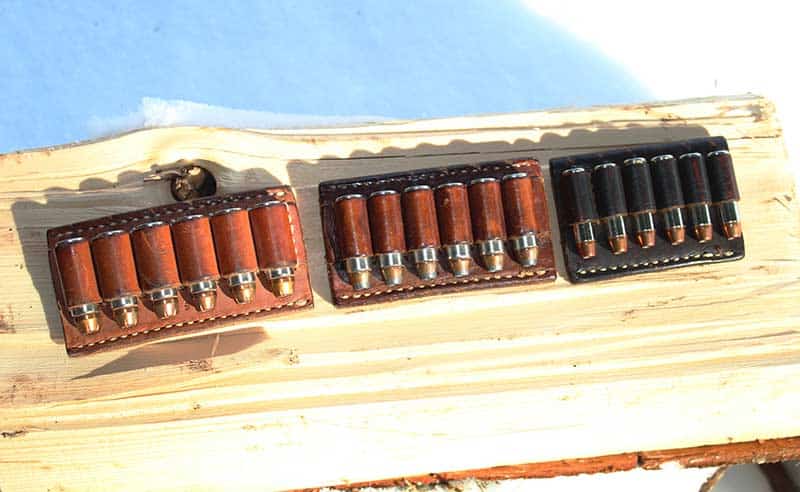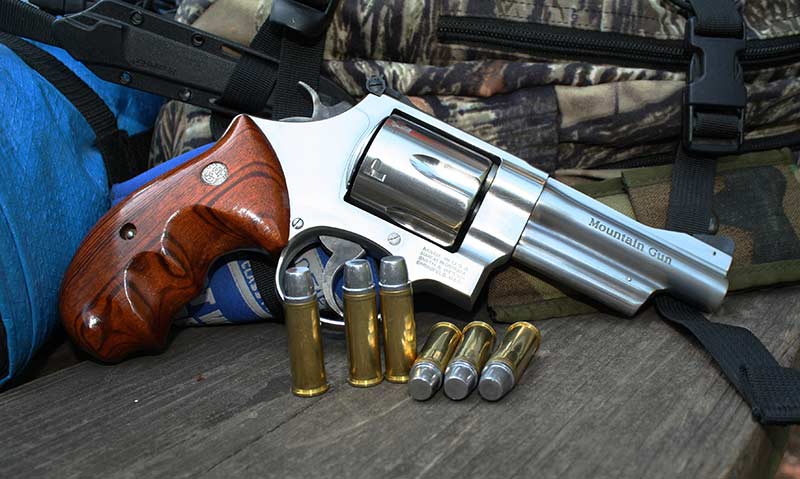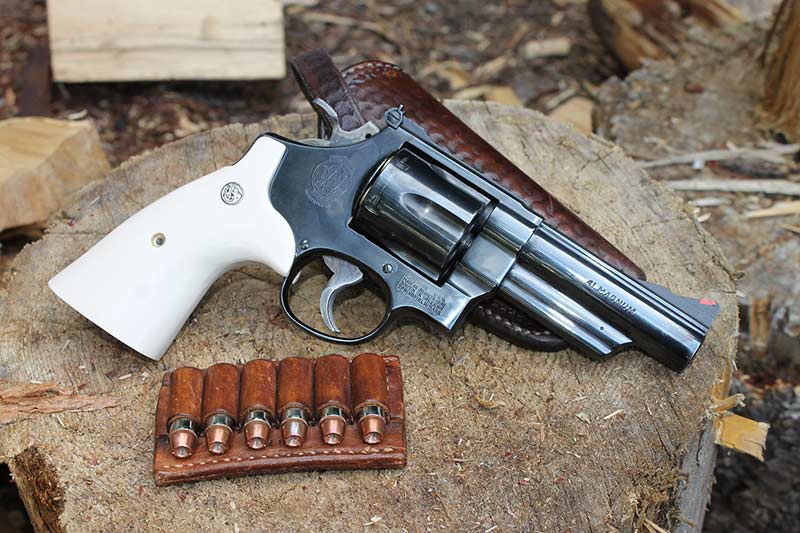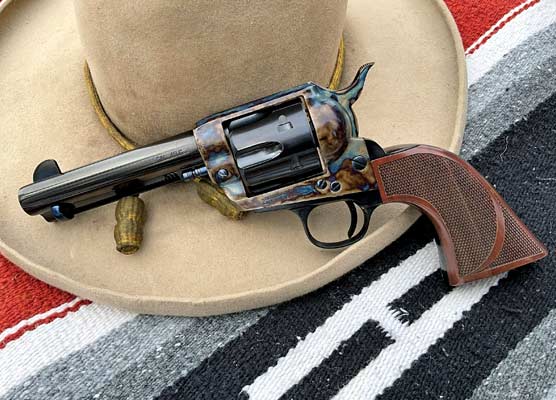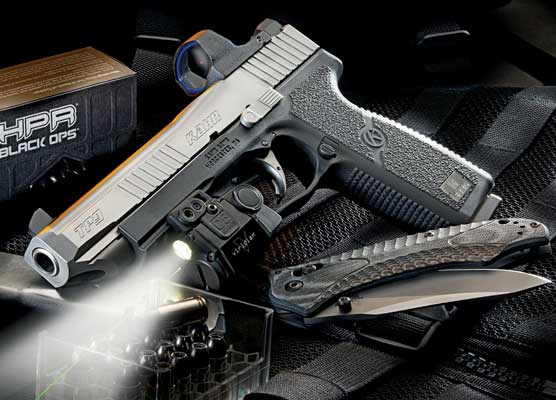Lion Tamers
Cougar Attacks Are Rare But It’s
Best To Be Prepared Anyway
As this was being written, authorities in Jefferson County, Washington, on the north side of the Olympics National Park, were looking for a mountain lion that had attacked an 8-year-old girl, fortunately inflicting only minor injuries.
They were hoping to kill it (“euthanize” seems to be a politically correct term meant to spare the sensitivities of people who are always looking to be offended) and make sure the cougar didn’t attack anyone else.
The attack made national news and served as a reminder to those of us living in the West to be prepared. When they happen, wild animal attacks are sudden and swift, something cougars are very good at.
The July attack could have been much worse. Thankfully, this little girl has a courageous mom who was able to frighten the big cat away. Screaming and yelling can scare a predator away, but it’s good to have a backup plan.
Longtime readers will recall my past references to a guy who was killed by a cougar only a few miles from my front door back in May 2018. Anyone questioning why people carry sidearms whenever they step off the pavement just “ain’t from around here,” or they have a serious misunderstanding of just how “wild” wildlife can be.
Mountain lions have killed at least five people in California and one person in Oregon. Wolves have killed people in Alaska and Canada, and anyone who has read Alaska Bear Tales by Larry Kaniut knows about people on the losing end of bear attacks.
Last summer, the Forest Service closed a popular campground near my place when too many careless campers left food on their picnic tables and black bears invited themselves to breakfast, lunch and dinner.
Gun are Handy Tools
Longtime pal and former Washington state legislator Brian Blake sent me a message two days after the cougar attack. He lives at the south end of the Olympic Peninsula. He’s a shooter and hunter and has the outdoor savvy one would expect of anyone growing up in that region.
His one-sentence observation about the incident said it all: “At this point, folks need to be armed and prepared.”
Blake is no alarmist. He would never advocate shoot-on-sight predator control. He frequently hikes with his search hounds, and I know for certain on most occasions, he’s armed, because his handgun often shows up in his social media photos.
In the wilderness, a gun is a piece of emergency survival equipment. For more than 10 years, ever since then-President Barack Obama signed the legislation, it has been legal to carry a defensive firearm in national parks, so long as doing so complies with local laws and regulations. It has always been legal to carry guns in national forests.
However, a message from the National Park Service notes, “In areas administered by the National Park Service, an individual can possess a firearm if that individual is not otherwise prohibited by law from possessing the firearm and if the possession of the firearm complies with the laws of the state where the park area is located … Visitors should not consider firearms as protection from wildlife.”
I’m not sure why the NPS felt the need to say that because if ever there was a good reason for self-defense in the wilds, being mauled belongs at the top of the list.
There is a back story, of course. In 1996, thanks to an emotion-laden campaign, Washington voters banned hound hunting for bears and cougars. Over the past 27 years, the mountain lion population has gradually expanded. More people have moved to, or at least vacation in, the Evergreen State. Human-animal interaction is inevitable.
The Kitty Gritty
Let’s cut to the chase. If you’re going to pack hardware in predator country, it needs to be capable of stopping something literally in its tracks, and you must be competent with it. Somebody’s .380 pocket gun just won’t cut it.
Carry in a holster, which makes the gun accessible instantaneously. Chest rigs, including the old GI shoulder holster, are practical for this endeavor. With a chest rig, the handgun is right there, unimpeded by the shoulder straps or the waist strap of a backpack, and it’s secure.
Despite reports that people have used 9mm pistols to stop Alaska grizzly bears, it wouldn’t be my first choice. I’d opt for any revolver chambered in a serious caliber, and the minimum I recommend is the .357 Magnum, stoked with 158-grain full house loads. There are so many gun choices, they’re too numerous to mention, but pick one from Smith & Wesson, Ruger, Taurus or Colt, and you will be well-equipped.
Moving up the scale, such offerings as the 10mm Auto, .41 Magnum, .44 Special, .44 Magnum, .45 ACP or .45 Colt all make sense. Then, there are the really big bores in .480 Ruger, .460 and .500 Smith & Wesson, and let’s not forget the .454 Casull. The common denominator with these handguns/calibers is energy and a large frontal mass.
Let’s briefly talk about energy, which is the fight-stopping part of the equation. I did a little homework and perused some online ballistics for comparison purposes.
A 158-grain .357 Magnum can clock 1,240 fps at the muzzle with 539 foot-pounds of energy, while there’s a 180-grainer capable of 1,400 fps with 783 ft-lb. of energy. Not bad.
I found a 10mm Auto load pushing a 180-grain FMJ bullet at 1,300 fps with 708 ft-lb. of energy. That’s going to get something’s attention.
The .41 Magnum, loaded with one of my favorite pills, a 210-grain JHP, can leave the muzzle at 1,560 fps with 1,135 ft-lb. of energy, while a .44 Magnum pushing the popular 240-grain JHP can generate 1,475 fps at the muzzle with 1,160 ft-lb. of energy, and those numbers translate to terminal performance.
By comparison, I found one .44 Special load launching a 200-grain SWC HP at 870 fps that delivers 336 ft-lb. of energy, and a .45 ACP load with a 230-grain FMJ will leave the muzzle at 835 fps with only 356 ft-lb. of energy. Not the best, but still capable.
Then comes a .45 Colt offering pushing a typical 250-grain JHP at 900 fps with a reported 450 ft-lb. of energy. That’s definitely going to smart!
Bumping things up considerably, there’s a 260-grain .460 S&W Magnum load traveling at 2,000 fps from the muzzle with a reported 2,309 ft-lb. of energy, while a .480 Ruger offering pushing a 325-grain JHP moves at a reported 1,350 fps and delivers 1,315 ft-lb. of energy. We’re talking down for the count.
Step up to the .454 Casull — a cartridge I find to be brutal in some guns — has one load launching a 240-grain JHP at 1,900 fps with 1,923 ft-lb. of energy, and lastly, I found a .500 S&W Magnum offering with a 300-grain projectile listed at 2,075 fps and an awesome 2,868 ft-lb. of energy. My cousin uses a term which applies: “Splatto!”
However (comma)
Now we enter the realm of practicality. Unless you’re a great big muscular person, lugging around a .460, 480, .454 or .500 around on the trail will be exhausting and most folks will shun the idea.
S&W has offered an N-frame Mountain Gun and a couple of other lightweight offerings, and one can find other choices at gun shops, pawn shops or gun shows, often for decent prices.
Having killed deer with handguns, I can attest big bores do the job. The key factor here is having the gun at the time of an attack. I never tramp the woods anymore without a firearm, and I’ve had some interesting encounters where the presence of a gun was definitely reassuring.
I have actually seen mountain lions in the wild; brief glimpses of course because they are elusive and cunning. As once was explained to me by a biologist, a predator spends all of its waking hours looking for its next meal, and some people evidently look like food.
Last Resort
Nobody I know, or know of, wants to kill an attacking animal in self-defense. Of course, none of my acquaintances want to be the main course at dinnertime, either.
What’s the “worst-case” scenario? Look up the name Timothy Treadwell. Known widely as a self-styled conservationist and environmentalist, Treadwell spent years in Alaska bear country, filming, doing his version of research, and occasionally annoying some people. He did care about big Alaska brown bears. However, he and a companion were killed — devoured by a big bruin. He didn’t have a gun because apparently didn’t like them, and the wrong animal strolled into the neighborhood.
The fellow killed near my community was done in by a healthy cougar. The animal that attacked the little girl was apparently in good health as well. As reported by NBC News and its Seattle affiliate KING, a spokesman in the Olympic National Park acknowledged the attack in his region was “a sign of very, very unusual behavior.” He’s right, of course. Mountain lion attacks don’t happen often, but when they do, someone gets hurt.
If you head West for vacation or to live, grow some common sense fast. The outdoors is an unforgiving place, beautiful and magnificent in its grandeur, but with the capacity to be suddenly ugly, unfriendly and downright deadly.
If you absolutely have to shoot, make it count. This is not catch-and-release.
As I noted right up front, mountain lion attacks are very rare, but they only need to happen once to someone to leave a lasting impression.


